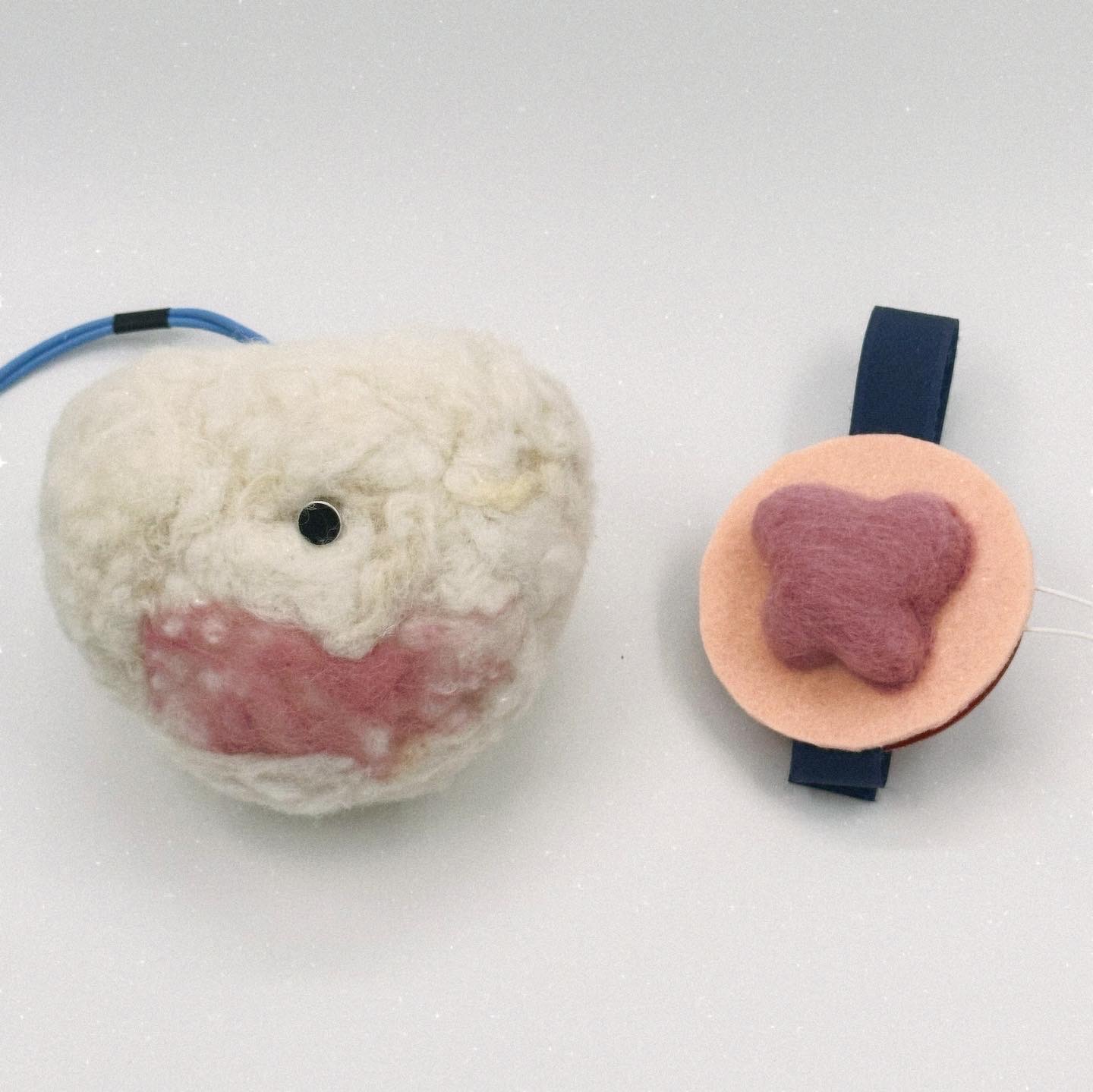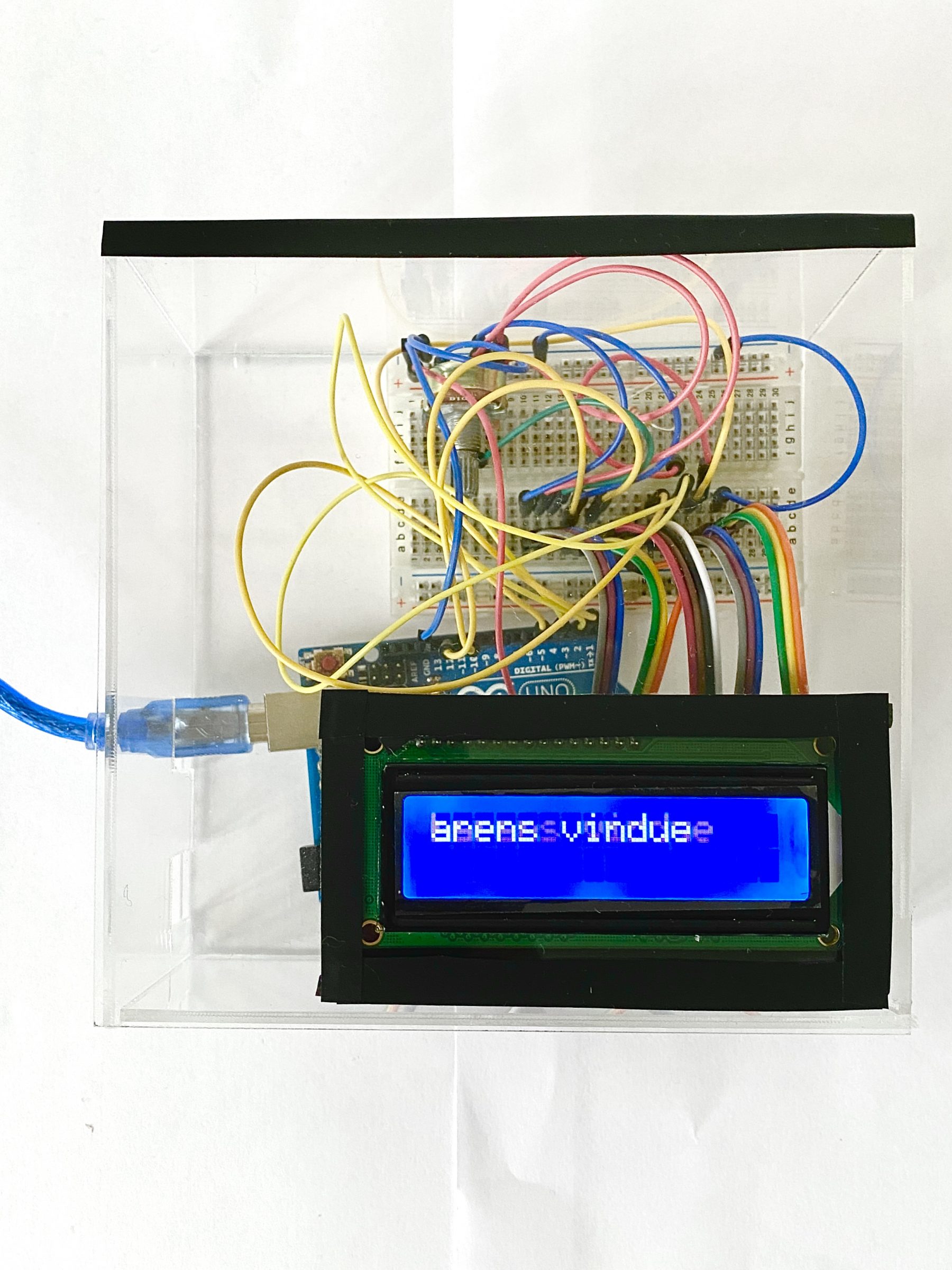GenFrame
GenFrame is an interactive picture frame that mimics traditional paintings while being equipped with generative AI capabilities. Painting “portraits of a girl” has been a trope in art history for centuries. However, in the era of generative AI models, the perma- nence of traditional art is challenged. When an AI model is able to mimic any painting style, it can also give agency to the viewer to repaint the painting per individual desires. In this installation, we modify the role of the museum placard to provide a minimal tangible interface to change the style of the image and the mood of the depicted girl. In…







